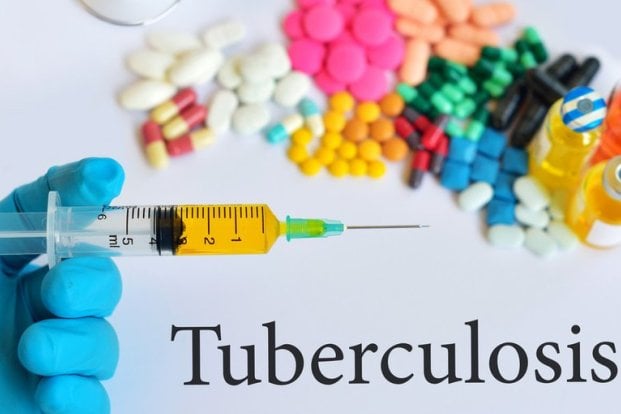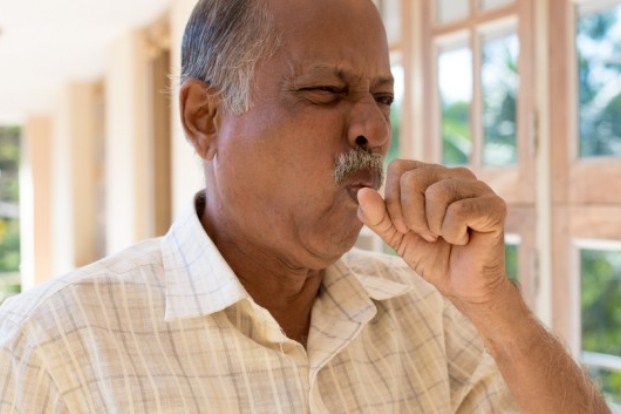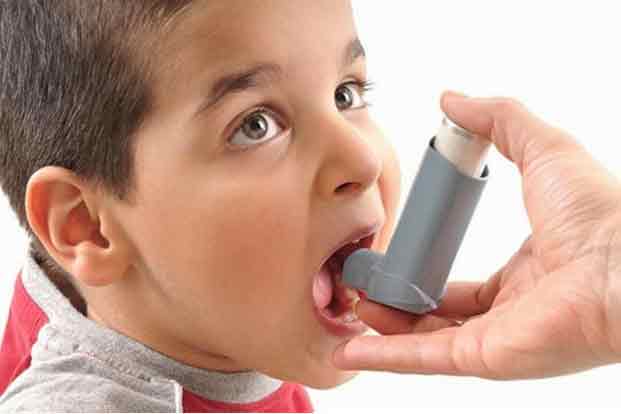Categories
- Bariatric Surgery (11)
- Black Fungus (5)
- Bone Marrow transplant (3)
- Brain Tumor Surgery Navigation Technology (20)
- Cardiac Surgery (66)
- Cardiology (97)
- Computer navigation technology for joint replacements (20)
- Covid Vaccination (17)
- Critical Care (2)
- Dental (19)
- Dermatology (31)
- Dialysis Support Group - “UTSAAH” (11)
- Dietitian (33)
- Emergency Medicine (4)
- Emotional Health (11)
- Endocrinology (33)
- ENT (20)
- Gastroenterology and GI Surgery (53)
- General and Laparoscopic Surgery (21)
- General Surgery (4)
- Gynecology & Obstetrics (183)
- Hematology (20)
- Internal Medicine (294)
- Kidney Transplant (50)
- Kidney Transplantation (20)
- Lung Cancer (8)
- Minimal Invasive Surgery (1)
- Mother & Child (20)
- mucormycosis (5)
- Nephrology (61)
- Neurology (147)
- Neurosurgery (68)
- Nutrition and Dietetics (107)
- Omicron Variant (1)
- Oncology (288)
- Ophthalmology (10)
- Orthopaedics & Joint Replacement (86)
- Paediatrics (59)
- Pediatric Nephrology (3)
- Physiotherapy (5)
- Plastic & Reconstructive Surgery (6)
- Psychiatry and Psychology (90)
- Psychologist (28)
- Pulmonology (72)
- Rheumatology (13)
- Spine Services (21)
- Transradial Angioplasty (16)
- Urology (84)
Query Form
Posted on Apr 19, 2022
Tuberculosis: Treatment and Diagnosis
When TB bacteria become active mode and it multiplying in the body and the immune system can’t stop the bacteria from growing, it is known as TB disease.

TB disease will make a person sick, people with TB disease may spread the bacteria to people with whom they spend several hours. It is very important that people who have TB disease are treated, finish the medicine, and take the drugs exactly as recommended. If they stop taking the drugs early , they can become sick again . If they do not take the drugs in systematic way , the TB bacteria that are still alive may become resistant to those drugs. TB that is resistant to drugs is harder and more expensive to treat. TB disease can be treated by taking so many drugs for 6 to 9 months. There are 10 drugs currently approved by the U.S. Food and Drug Administration (FDA) for treating TB. Of the approved drugs, the first-line anti-TB agents that form the core of treatment regimens are:
- Isoniazid (INH)
- Rifampin (RIF)
- Eethambutol (EMB)
- Pyrazinamide (PZA)
The most commonly used diagnostic tool for tuberculosis is a basically skin test, though blood tests are becoming more common venue. A little amount of a substance known PPD tuberculin is injected just below the skin of your inside fore arm. You should feel only a slight needle prick. Within 48 to 72 hours, a medical professional will check your arm for swelling at the injection site. The size of the bump determines whether the test results are significant. Blood tests may be used to sure or rule out latent or active tuberculosis. CT scans provide more-detailed images than do X-rays. Sputum samples can also be used to test for drug-resistant strains of TB.



